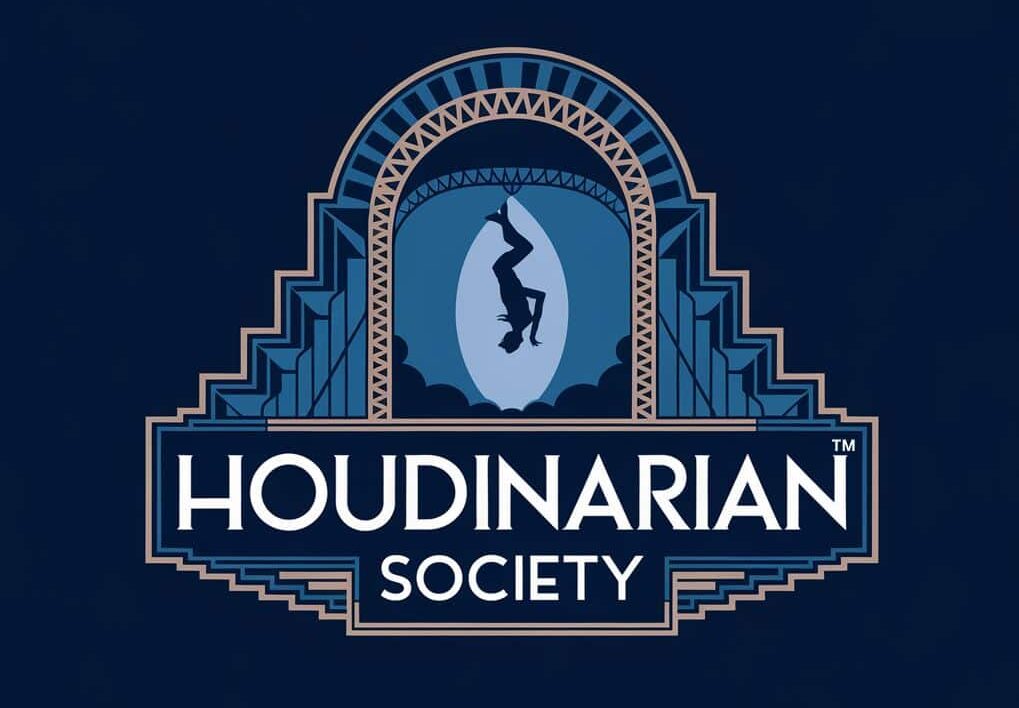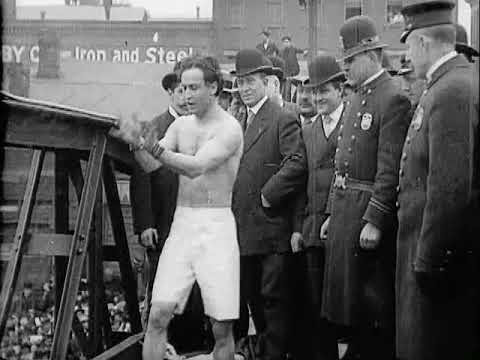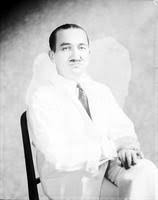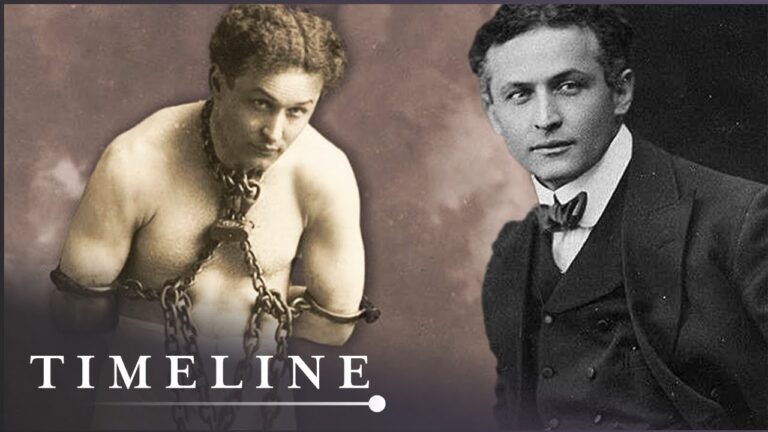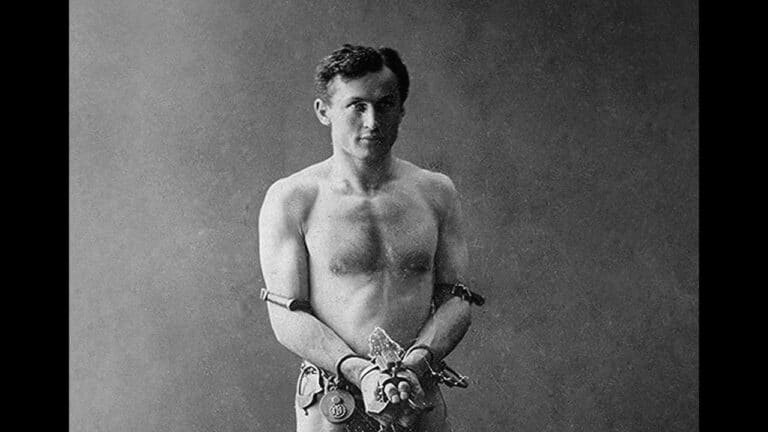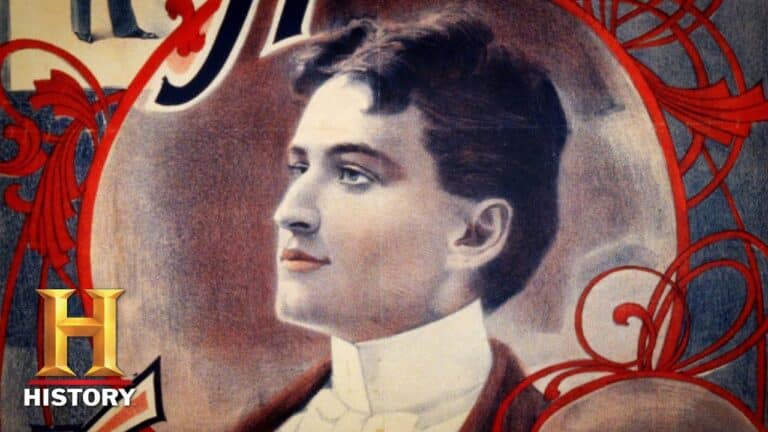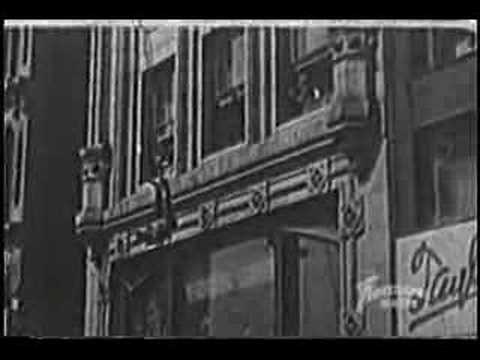Theatrical Innovations in Magic: How Houdini Pushed Boundaries on Stage
Harry Houdini transformed magic from simple tricks into grand theatrical spectacles that amazed audiences worldwide. His innovative stage techniques and death-defying stunts revolutionized how magic shows were performed. They set new standards for both showmanship and technical skill.
You might know about his famous escapes, but his true genius lay in how he incorporated new elements into his performances. His underwater escapes and public challenges weren’t just tricks – they were carefully crafted theatrical productions that turned magic into must-see entertainment.
His dramatic flair and physical prowess changed what audiences expected from magicians. When you watched Houdini perform, you weren’t just seeing illusions – you were witnessing a masterclass in theatrical innovation that still influences magic shows today.
Introduction

Harry Houdini changed magic forever by turning simple tricks into epic theatrical shows. You might know him as an escape artist, but he was much more than that – he was a master showman who transformed stage magic into grand spectacles.
When you think of magic shows today, you can thank Houdini for making them exciting and dramatic. He didn’t just perform tricks – he created unforgettable experiences that kept audiences on the edge of their seats.
His innovative performances included underwater escapes and public challenges. These weren’t just acts – they were theatrical events that captured people’s imagination and pushed the limits of what seemed possible.
You can see Houdini’s influence in modern magic shows everywhere. His dramatic style and flair for publicity changed how magicians present their art. He inspired countless performers to push boundaries and think bigger about what magic could be.
Houdini’s Revolutionary Stage Techniques

Harry Houdini redefined magic performance through groundbreaking methods that transformed simple tricks into theatrical masterpieces. His unique blend of physical prowess, psychological manipulation, and dramatic flair created experiences that captivated audiences worldwide.
Pioneering Escape Artistry
Houdini’s Metamorphosis trunk trick marked his first major innovation in escape artistry. You would watch as he freed himself from handcuffs, chains, and locked containers with increasing complexity.
His most daring innovations included underwater escapes from sealed tanks, upside-down straitjacket removals while suspended, and breaking free from prison cells and safes. These revolutionary escape acts represented more than mere tricks – they symbolized triumph over impossible odds.
Masterful Crowd Psychology Manipulation
Houdini expertly built tension by inviting audience inspection of his restraints. You could examine the handcuffs, ropes, and chains yourself, confirming their authenticity.
He would amplify suspense by performing dangerous escapes in plain sight. The innovative methods he developed kept audiences on the edge of their seats. His theatrical timing was precise – he knew exactly how long to stay hidden during each escape to maximize dramatic impact.
Enhancing Audience Engagement And Dramatic Tension
Houdini transformed magic into theatrical masterpieces through direct audience participation. You became part of the show as he challenged skeptics to bring their own restraints.
He introduced the concept of public challenges, offering rewards to anyone who could successfully restrain him. This interactive approach created personal investment in his performances.
His dramatic presentation included building suspense through time limits, using transparent tanks for visibility, and adding musical accompaniment to heighten tension.
Innovative Use Of Publicity

Houdini mastered the art of self-promotion through daring public demonstrations, strategic media relationships, and a carefully crafted public image that made him a theatrical masterpiece.
Public Stunts And Challenges
You would find Houdini hanging upside down from skyscrapers, escaping from straitjackets in full public view. His signature move? Challenging local police departments to lock him in their jail cells.
Each stunt drew massive crowds. In cities across America and Europe, he would escape from water-filled milk cans and break free from handcuffs – all in plain sight of gasping spectators.
He offered $1,000 to anyone who could create a restraint he couldn’t escape from. This bold challenge generated endless publicity and reinforced his reputation as unbeatable.
Media Relations And Press Coverage
Houdini cultivated strong relationships with newspaper editors. He understood timing perfectly – announcing his stunts days in advance to build anticipation.
He wrote articles about magic and exposing fraudulent mediums. This innovative approach to stagecraft positioned him as both an entertainer and an authority.
Local papers eagerly covered his jail breaks and escape challenges. He provided them with compelling photos and dramatic quotes, making their jobs easier and ensuring positive coverage.
Building A Public Persona
You might recognize Houdini’s carefully constructed image: part superhuman escape artist, part scientific investigator. He wore tailored suits in public and maintained a serious, professional demeanor.
His dramatic flair and physicality became trademarks. He presented himself as fearless yet humble, extraordinary yet relatable.
He shared personal stories strategically, revealing just enough about his immigrant background and rise to fame to create an inspiring narrative that resonated with audiences.
Engineering Advancements In Magic Performances
The fusion of engineering with magic transformed stage performances in the late 19th and early 20th centuries. Magic evolved from simple sleight-of-hand tricks into sophisticated technical productions that amazed audiences through innovative mechanical systems and electrical devices.
Development Of New Illusions
Stage magic technology advanced rapidly during the Industrial Revolution. Magicians created increasingly complex illusions using new materials and manufacturing techniques.
You might recognize the famous “levitation” illusion, which relied on carefully hidden steel frameworks and counterweight systems. These frameworks allowed performers to seemingly float in mid-air while maintaining perfect control.
Glass manufacturers developed special mirrors and lighting techniques that made objects appear to vanish instantly. The quality of these materials surpassed anything available in earlier decades.
Mechanical And Technical Innovations
Engineering and artistry merged to create groundbreaking performances. Hidden trap doors operated by sophisticated pneumatic systems allowed for instant appearances and disappearances.
Electric motors and custom-built gears enabled props to move in ways that seemed impossible. You could witness objects floating smoothly across the stage, controlled by invisible wires and rotating mechanisms.
Precision-engineered locks and escape devices became essential tools. These devices needed to be both secure enough to convince audiences and reliable enough for performers to escape safely.
Collaboration With Engineers And Inventors
Modern magic performances rely heavily on partnerships between magicians and technical experts. Engineers help design and build custom equipment that meets specific performance requirements.
Professional workshops emerged dedicated solely to creating magic apparatus. These specialized craftsmen combined traditional manufacturing with cutting-edge technology.
Magic inventors patented hundreds of mechanical devices between 1850-1920. You can still find these historical patents, which show the incredible detail and innovation that went into each new illusion.
Influence On Modern Stagecraft
Houdini’s theatrical innovations transformed stage magic from simple tricks into grand spectacles that captivated audiences. His groundbreaking methods and presentation styles created ripples across the performing arts that continue today.
Impact On Contemporary Magicians
Modern magicians draw heavily from Houdini’s theatrical innovations in their performances. You can see his influence in their dramatic entrances and carefully orchestrated reveals.
His emphasis on physical fitness and endurance training has become standard practice for escape artists and illusionists. Many performers now incorporate strength and agility into their acts.
Houdini’s marketing genius shows in today’s magic shows. You’ll notice performers using social media challenges and publicity stunts, much like his famous public escape challenges.
Adoption Of Techniques In Theater Productions
Theater directors frequently use Houdini’s innovative approach to stagecraft in mainstream productions. His methods for misdirection and timing help create powerful moments of surprise.
His techniques for managing sight lines and controlling audience attention appear in modern stage design. You’ll find these principles at work in Broadway shows and theatrical productions worldwide.
Props and special effects in contemporary theater often build on Houdini’s mechanical innovations. Many of his original concepts for trap doors and quick-change mechanisms remain in use.
Lasting Legacy In Performing Arts
Houdini’s constant drive to innovate changed how performers interact with their audiences. You can trace his influence in the way modern entertainers build tension and create climactic moments.
His contributions to stage lighting and presentation continue to shape live entertainment. When you watch a modern magic show or theatrical production, you’re seeing his principles in action.
The way Houdini embraced new tools and techniques also inspired today’s performers. Just as he did, today’s performers use digital effects and modern technology to enhance their shows.
